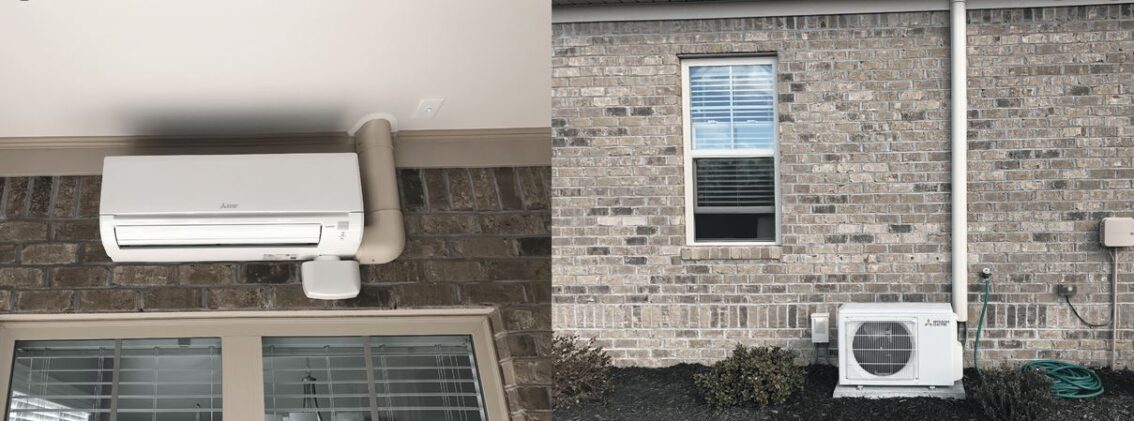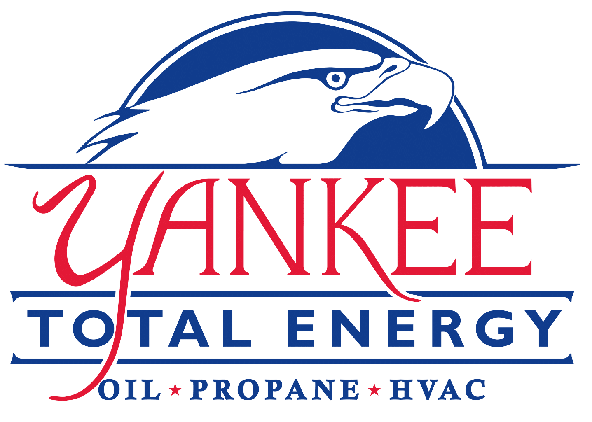
Mini Split & Heat Pumps
FAQ
What’s the Difference Between Mini Splits and Heat Pumps?
A mini split system is a type of ductless heating and cooling solution that provides efficient climate control for individual rooms or zones. Mini splits work by transferring heat rather than generating it—during the cooling process, they extract warm air from inside and release it outside; during heating, the system pulls heat from the outside air (even in cold weather) and brings it indoors. With no need for ductwork, mini split systems are ideal for homes without existing ducts, room additions, or areas where zoned temperature control is preferred.
Mini split systems are highly energy-efficient because they use inverter-driven compressors that adjust power output based on demand, rather than cycling on and off like traditional systems. This allows them to maintain consistent indoor temperatures while using less electricity. Additionally, because they avoid the energy loss associated with ductwork—common in central air systems—they can deliver more direct and efficient heating and cooling. Many mini split models also qualify for energy rebates and meet ENERGY STAR® standards, making them a smart choice for reducing utility bills and environmental impact.
Yes, a multi-zone mini split system can heat and cool an entire home by connecting multiple indoor units to a single outdoor unit. Each indoor unit can be installed in different rooms or zones, allowing independent temperature control throughout the house. This flexibility not only improves comfort but also increases efficiency, as you can heat or cool only the spaces you’re using. It’s an excellent option for homes without ductwork or for homeowners who want to avoid the high costs and disruption of installing traditional HVAC duct systems.e unit.
A heat pump is an energy-efficient system that provides both heating and cooling by transferring heat rather than generating it. In the winter, it extracts heat from the outside air—even in cold temperatures—and brings it indoors to warm your home. In the summer, the process reverses, removing heat from inside and releasing it outside to keep your space cool. This dual functionality makes heat pumps a convenient and cost-effective solution for year-round comfort.
Yes, modern heat pumps are designed to work efficiently even in colder climates. Advances in technology, especially in cold-climate or “low ambient” heat pump models, allow them to operate effectively in temperatures as low as -5°F or lower. While extremely cold days may reduce performance slightly, many systems include backup electric or gas heat to maintain warmth when needed. This makes heat pumps a viable and energy-saving alternative to traditional heating systems in many regions.
Installing a heat pump offers several benefits, including energy savings, environmental friendliness, and year-round comfort. Because heat pumps move heat instead of generating it, they use significantly less energy compared to furnaces or baseboard heaters. They also reduce greenhouse gas emissions and may qualify for tax credits or rebates. Additionally, one system handles both heating and cooling, which simplifies maintenance and enhances indoor comfort in all seasons.
A mini split system and a heat pump work together to provide highly efficient, ductless heating and cooling for individual rooms or zones. In fact, the heart of a mini split system is a heat pump, which transfers heat rather than generating it. During the summer, the system pulls warm air from inside your home and releases it outdoors to cool the space. In the winter, it reverses the process by extracting heat from the outdoor air—even in cold weather—and bringing it indoors. This combination delivers year-round comfort, energy savings, and the flexibility to control temperatures in different areas independently, making it an ideal solution for homes without traditional ductwork.
